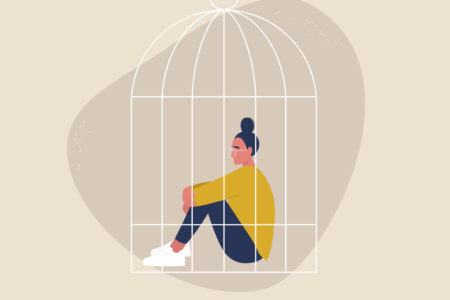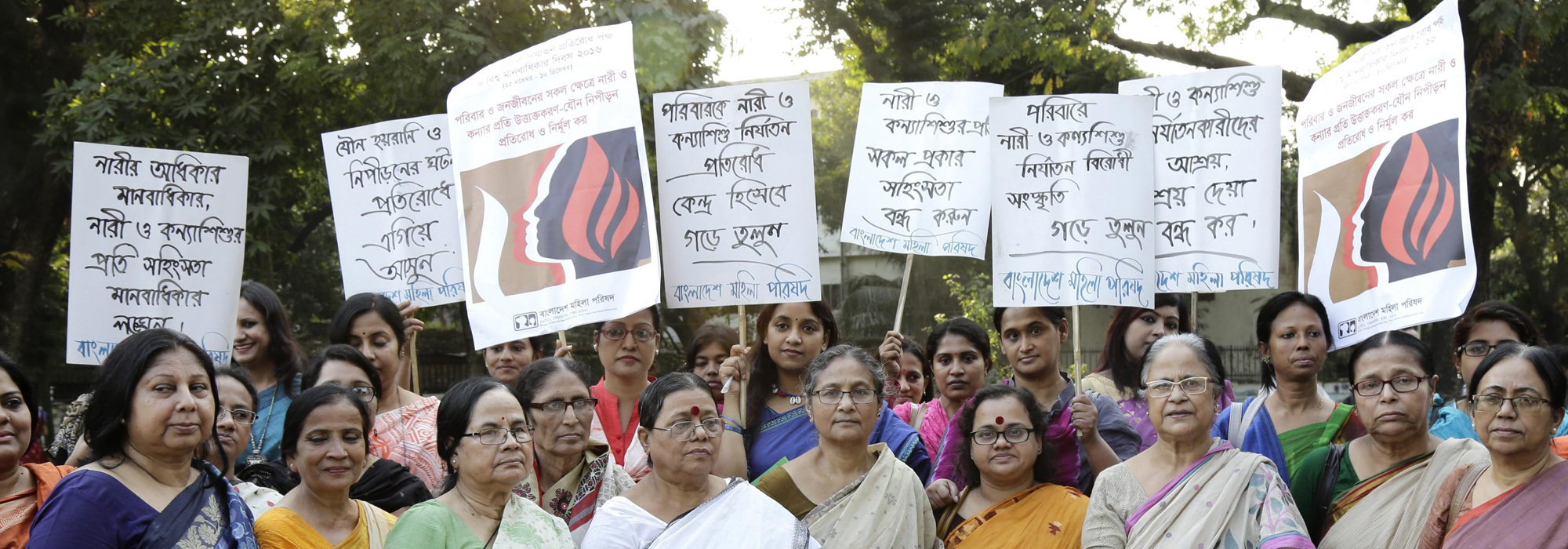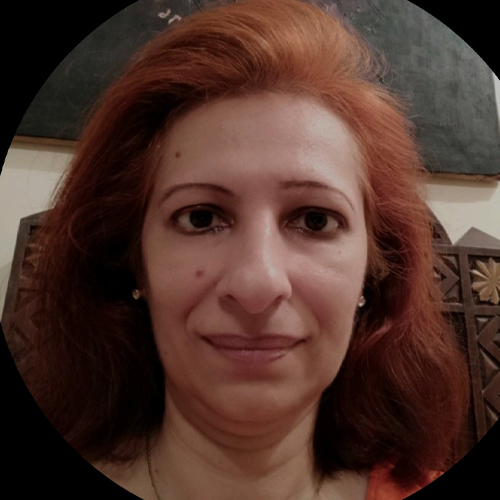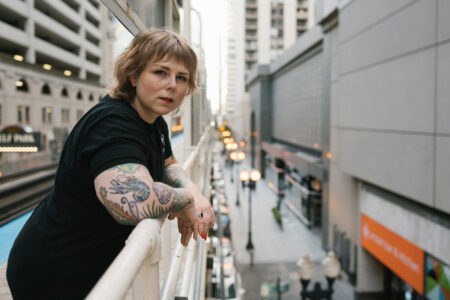
Canada’s report to Parliament for 2016-17 on what’s known as official development assistance, or ODA, is a 146-page tome about the government’s commitment to the world’s poor. According to the report, Canada spent $5 billion during this period, with $1.2 billion going to Africa alone. Another $813 million was earmarked for humanitarian assistance.
Canadian officials worked with 500 bilateral, multilateral and nongovernmental organizations to deliver development assistance to more than 100 countries, 76 percent of it exclusively aimed at gender equality and the empowerment of women and girls.
Anyone unfamiliar with the foreign aid industry cannot help but be impressed.
Don’t be. Because even after decades of providing social and economic assistance to underprivileged countries, Canada has still been unable to address some of the most fundamental issues that underpin the treatment of women in the developing world.
Those of us who have worked within this world know that Canada did not actually help 1.3 million people in Iraq return to areas liberated from Daesh by supporting the United Nations Development Programme’s Funding Facility for Immediate Stabilization. Nor did it directly help 11.3 million children, including 6.3 million girls, to attend school through the Global Partnership for Education. The report to Parliament also acknowledges the support of other donors to these efforts.
In reality, the government’s claims are complex and tied to myriad factors — logistical, financial and political. For Ethiopia, the largest recipient of Canadian ODA, those claims include an increase in agricultural productivity, resilience and access to markets for farmers and employment generation for women and youth. Ethiopia currently has an unemployment rate of 7.6 percent, down from 10 percent in 1991, and agriculture constitutes almost 38 percent of its GDP. Given the fact that Ethiopia received a total of US$1.7 billion in global development assistance in 2016, and Canada’s share was only C$190 million, the Canadian per capita contribution to these areas is far less than it’s made out to be. Social impacts are even harder to measure, let alone take credit for.
To be fair, Canada is not alone in making such claims. This is the nature of international development assistance. It’s an industry driven more by the need to take credit for making a difference than by the need to actually make that difference, and where the concept of global leadership is more about competing with other resource-wealthy Western nations in the race for global altruism than about actually being altruistic.
And now we have the Feminist International Assistance Policy, or FIAP, something that was vaguely referenced in the Minister for International Development’s mandate letter as “respect for diversity, and human rights, including the rights of women and refugees,” in an equally vague list of commitments.
The Global Affairs Canada Departmental Plan for 2017-18 does a slightly better job at fleshing out what exactly that means and, thankfully, moving beyond feminism into environmental sustainability, food security and jobs. But the overarching emphasis on all things women, particularly given the Liberals’ penchant for gender parity and the unexpectedly neat tie-in to the current women’s movement in North America, means that the feminist portion of the policy will continue to dominate.
No one can deny that women all over the world need to figure more prominently in policy matters. But where Canada’s policy falls short — indeed, where all global policies on women do — is in actually confronting the issues that really matter.
As a born-and-bred South Asian, I worked for more than two decades in the region, primarily on women’s issues. What is lacking is willingness on the part of international donors to dig below the proverbial surface on international development assistance. For instance, legislative reform or access to justice is about more than just dumping money into training programs for paralegals. Instead, it’s critical to look at the inner cultural workings at play in violence against women, including honour killings, antiquated inheritance laws, religious conditioning and lack of property rights for women.
There must be a deep understanding that the economic empowerment of women is about not just supporting small-scale entrepreneurship or microcredit but insisting on the recognition and statistical inclusion of women’s work in the informal sector, such as household work and agricultural and domestic labour, into national economic growth statistics.
There must be a recognition that boosting reproductive rights means not just providing access to birth control and neonatal care but also butting heads with religious fundamentalists who think polio shots are a sterility drug. That protection of women isn’t just about providing separate female police stations or segregated public buses; it’s about changing the male mindset toward women so that men and women can both use the same resources together without fear of reproach or sexual harassment. That simply having greater representation of women in Parliament, or getting more women out to vote, does not translate to greater participation of women in national decision-making. That outlawing female genital mutilation is not about getting buy-in from religious leaders to stop the practice but about finding ways to strengthen and enforce criminal legislation on it.
But after several decades of “women’s rights are equal rights,” the conversation is still stagnant and stereotypical.
Many years ago, I participated in a discussion on women’s empowerment in my country of origin, with staff from what was then called CIDA (the Canadian International Development Agency). While we were discussing honour killings, it was made clear that this was not an issue the agency could touch upon directly. In fact, it was preferable not to touch on it at all due to cultural sensitivities, even though honour killings are very clearly acts of violence against women.
A similar incident occurred at an international nongovernmental organization in Canada, where staff, when consulting with stakeholders on the rights of Indigenous women, had been warned: “Don’t go there.” In yet another informal discussion in Ottawa with women working in the development sector, it was news to some of them that the average age of menopause among women in Asia was remarkably different than that of North American and European women.
While these episodes happened well before the days of Canada’s Justin-Trudeau-fuelled feminist resurgence, they reflect what this current policy still embodies: an inherent disconnect between the lives of those living in well-endowed Western nations and the lives of those in underprivileged non-Western ones — or even Western countries, in the case of Indigenous women.
In a time when the plague of sexual harassment and the gender pay gap are front and centre, calling a policy “feminist” plays smoothly into the women’s rights agenda. But the question for wealthy nations eager to help is not if women’s rights should be the priority, but rather how — particularly since priorities differ enormously across continents and regions. And it’s not all about money either. The approach that programming must take to issues is what no one wants to talk about. This is particularly so for Canada, with its recent announcement to start a development finance institution with a focus on women- and youth-led businesses.
Canada and other G7 nations, the current leaders in development assistance, need to take a massive leap of faith and dive into the deep end of these issues if they are serious about feminism and improving women’s lives. Violence against women and gender equality cannot be resolved through round tables and workshops. It means confronting conservative religious and cultural hierarchies head-on. It means addressing areas where there is a risk of public backlash. It means going up against corrupt governments, even at the risk of diplomatic fallout. If simply supporting 11.3 million children in attending school were the answer, the world would already be a much different place by now. Much more needs to be done, on a much larger scale.
Photo: Women leaders of Bangladesh Mahila Parishad gather as they observe International Fortnight to Resist Violence Against Women and The World Human Rights Day at the central Shaheed Minar in Dhaka, Bangladesh, December 6, 2016. EPA/ABIR ABDULLAH
Do you have something to say about the article you just read? Be part of the Policy Options discussion, and send in your own submission. Here is a link on how to do it. | Souhaitez-vous réagir à cet article ? Joignez-vous aux débats d’Options politiques et soumettez-nous votre texte en suivant ces directives.








